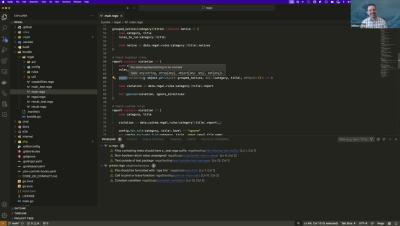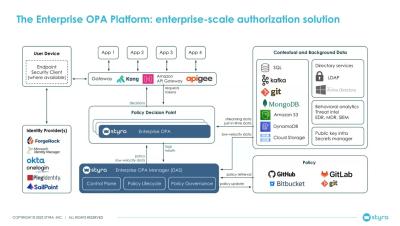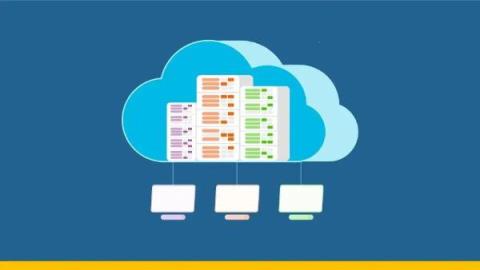Security | Threat Detection | Cyberattacks | DevSecOps | Compliance
Styra
OWASP Top 10 with OPA/Styra
ReBAC to the Future! Building Policy on Neo4j Data with Enterprise OPA
Relationship-based Access Control (ReBAC) is a common requirement when applying Policy as Code controls in modern applications. Consider sharing a document with a collaborator in a different organization. As the collaborator is in another organization, it might be hard to grant them a pre-defined internal role without granting more permissions than needed – if indeed an external identity can be bound to an internal role at all. This is where ReBAC comes in.
Why You Need Continuous Monitoring in Microservices
The microservices architecture is a software development strategy in which applications are broken down into smaller components called microservices. Each microservice is responsible for a specific task or business function and communicates with other microservices through application programming interfaces (APIs). Effectively managing a microservices application requires monitoring, much like any other IT infrastructure.
The never-ending story: Microsoft AI team accidentally exposed 38 Terabytes of internal data
The accidental sharing of cloud access is an all-too-familiar story. In one latest incident, Microsoft’s AI research team accidentally exposed to the public 38 Terabytes of private data including internal messages, private keys, and passwords, according to a recent report . And all it took to cause this gigantic exposure was a few errant clicks in a configuration menu.
How to express OR in Rego
One of the most common questions people new to Open Policy Agent (OPA) and Rego ask is about how to express logical “OR” in the language. While there is no “OR” operator, Rego has no shortage of ways to express that, with some being more obvious than others. In this blog, we’ll take a look at the most common ways to express OR, and weigh the virtues of each method against the others. Hopefully you’ll learn a few tricks along the way.
What Are the Most Common Security Risks of Cloud Computing?
Identifying and understanding the most common cloud security risks is crucial to a successful cloud computing adoption strategy. Organizations migrating to the cloud continually face new threats and discover vulnerabilities that were not present when they operated software deployed on-premises. According to IBM’s Cost of a Data Breach report, almost half of all data breaches are happening in the cloud, with attacks on systems hosted on public clouds costing an average of $5.02 million.










